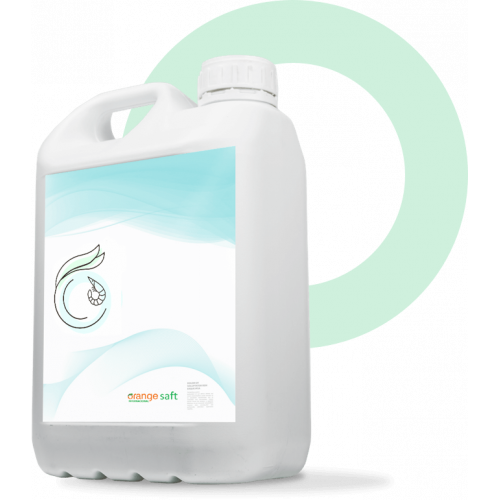Chitosan is characterized by protecting crops from pathogen and pest attacks, directly or indirectly, such as improving crop quality, or maintaining production stability during storage after harvesting.
Chitosan is an elicitor that activates the self-defense capacity of the plant. Pathogens penetrate plants through three mechanisms: By their own means, by wounds and by natural openings (including stomata).
Stomatal openings in plants provide a gateway for many pathogens, reducing these openings can provide an effective method to prevent the attack of pathogens that have chitin as a component of their cell wall.
The products of the QUITOSANO line of ORANGESAFT activate mechanisms in the plant that order the closure of stomata. The application of chitosan causes a false stress in the plant, since it confuses the presence of the product with the proximity of a pathogen willing to attack it. This recognition sets in motion a complex mechanism of self-defense, partly based on the role played by calcium as a second messenger.
The products of the QUITOSANO line of ORANGESAFT, allow the entry of calcium into the cell, as an important element in the activation of defenses in crops. The calcium that penetrates in the cells favors the reinforcement of the cell membranes, which allows the maintenance of the turgidity and the firmness of the fruits in post-harvest.
In addition, the products of the QUITOSANO line of ORANGESAFT, also activate the formation of physical barriers, activate the formation of secondary roots and root hairs in the adult plant, activate the adsorption of micronutrients, etc ...
Also note that the products of the QUITOSANO line of ORANGESAFT are used for the coating of seeds, for their conservation during storage and in the release of fertilizer systems.














